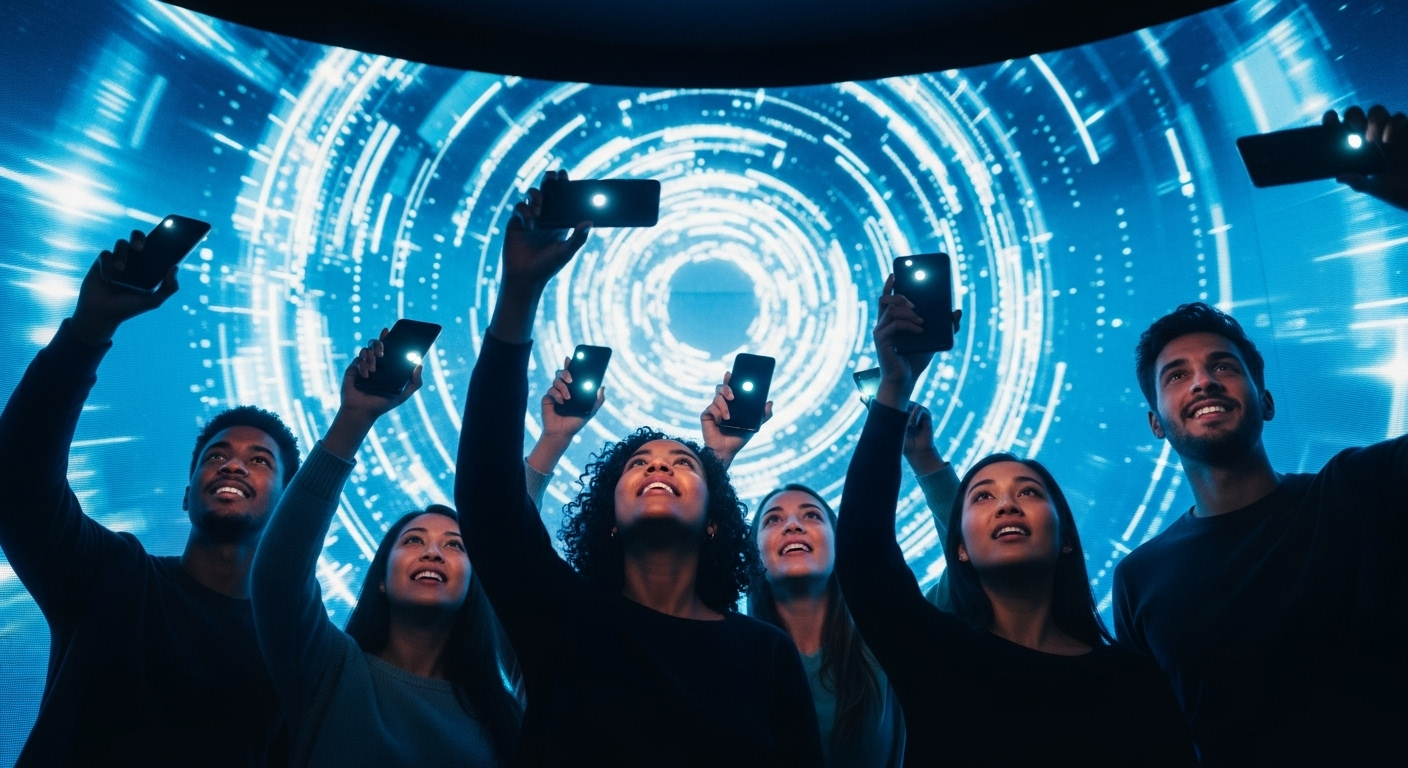Preserving Ephemeral Performance Through New Documentation Methods
Preserving ephemeral performance demands a shift from single-format records to layered documentation that reflects movement, sound, space and temporality. New documentation methods combine video, spatial mapping, motion capture, annotated scores and audience-mediated records to create composite archives that retain artistic intent while enabling future study and reactivation.

How can documentation capture live performance?
Documenting live performance requires balancing fidelity to the event with interpretive clarity. Rather than relying solely on single-camera video, effective documentation uses multi-angle footage, contextual notes, and metadata that describe stage layout, timing, performer intent and audience interaction. Including performer annotations and editorial logs helps researchers understand decisions made in the moment. Combining visual records with time-coded descriptions and technical diagrams allows future readers to reconstruct pacing, blocking, and relational dynamics beyond what a single recording can convey.
What methods suit installation and exhibition documentation?
Installation and exhibition work often depend on site-specific conditions and environmental context. Detailed floor plans, high-resolution photography, measured drawings and environmental readings (light levels, temperature, scent notes) supplement moving-image documentation. Photogrammetry and 3D scanning can capture spatial relationships for later virtual reconfiguration, while curatorial notes and visitor flow analytics document how placement and signage shaped reception. These layered methods create an archive that distinguishes between fixed elements, adaptable parts and ephemeral interventions in the exhibition context.
How do immersive and interactive works get recorded?
Immersive and interactive projects challenge traditional documentation because interactivity and user behavior are integral materials. Recording should include system logs, interaction traces, and synchronized audiovisual capture from participant perspectives, as well as ambient room recordings. Screen captures of software states, source-code snapshots, and documented sensors or hardware setups preserve the technological conditions that enabled interactivity. Participant testimonies and usage data add qualitative insight into experience and variability—essential for understanding works that change in response to users.
What role does projection and digital art play in records?
Projection-based and digital art often depend on projection geometry, resolution, and playback software. Documentation must therefore record mapping files, projector specifications, playback codecs, and calibration notes alongside footage of the work in situ. Archiving the original media files, any generative algorithms, and configuration scripts allows future re-projection or emulation. When possible, capturing a combination of audience-perspective video and documentation from projection positions clarifies how scale, brightness and surface texture influenced the perceptual outcome.
How is choreography and sound design preserved digitally?
Choreography and sound design are temporal practices that benefit from synchronized multimodal documentation. Motion-capture data, annotated scores, and step lists provide structural frameworks for movement; high-quality multitrack audio captures sound design subtleties and spatialization. Timecoded maps that link choreography notation to audio cues and projection events help preserve the work’s timing relationships. When performers’ tacit knowledge is essential, recorded interviews and rehearsal footage document embodied techniques and variation that notation alone cannot convey.
How does curation consider sustainability in documentation?
Curation increasingly ties documentation practices to sustainability, favoring formats and storage choices that minimize environmental impact without compromising access. Strategies include using standardized, open file formats to reduce repeated transcoding, maintaining energy-efficient storage solutions, and creating concise yet rich metadata to limit redundant large-file preservation when alternatives exist. Curators also prioritize documentation that supports reuse and remounting without requiring travel or resource-intensive rebuilding. Metadata that captures repairable elements and modular components enables more sustainable reactivations.
Conclusion
Preserving ephemeral performance through new documentation methods means embracing multiplicity: layered audiovisual evidence, technical schematics, embodied testimony and machine-readable files that together form a living archive. Rather than treating documentation as secondary, practitioners should design records as integral components of a work’s lifecycle, anticipating future reactivation, scholarly inquiry and public access. Thoughtful metadata practices, interoperable formats and attention to sustainability ensure that ephemeral events remain legible and usable beyond their original moment.





